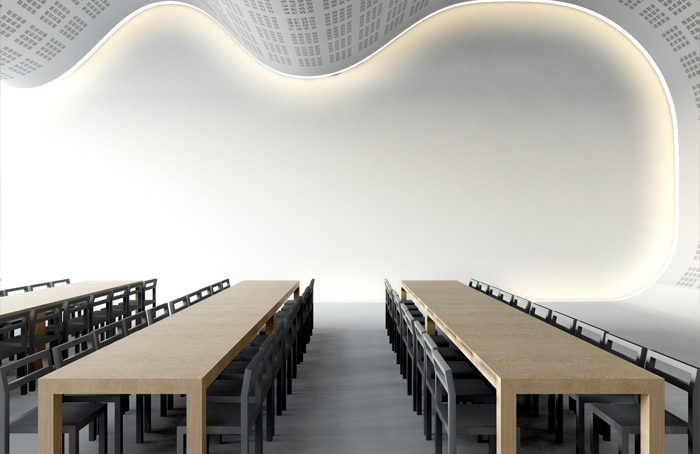Keeping your hearing healthy is largely about knowing how much loud sound you’re exposed to. Alistair Moffat looks at how to protect your hearing from future problems.
My father, having worked in heavy marine engineering for many years, lost 40 per cent of his hearing by the age of 50. Noise was then seen as an occupational necessity, perception of the hazard poor and any hearing protection devices (ear defenders, plugs) were unavailable. Some forty years on what has changed? Admittedly awareness of the danger of exposure to long-term noise has increased but what is the reality of management controls on a construction site.
When approaching a construction site I often hear the wailing shrill of a chop saw cutting through studding. The rest of my safety inspection is just as predictable ╨ the man operating the chop saw has ear protection but others working in the near vicinity do not. Often the chop saw is placed near a walkway or thoroughfare so many are exposed to unacceptable levels of noise. On checking the controls to reduce noise (acoustic booth, signage barriers) they are absent; too inconvenient to implement, I’m told.
If hearing protection devices (PPE) are the last resort, and in reality a management failing, as we have placed an employee into a hazardous environment, then the PPE must be effective. A ‘one size fits all approach’ for ear defenders is sadly often the reality. Hence there needs to be some reasoning behind our choice of ear defenders and we can only achieve this if we understand some basic issues.
The decibel (abbreviated dB) must be the most misunderstood measurement since the cubit. Although the term decibel always means the same thing, it may be calculated in several ways, and there are many confusing explanations of what they are.
The decibel is not a unit in the sense that a metre is linear distance or a Newton is a measurement of force. A decibel is a relationship between two values of power. The decibel therefore is simply a ratio and needs to be relative to something else. The final confusion comes from the concept of relative power. The question ‘relative to what?’ has no single answer. The standard level (0dB) is chosen to be some convenient value for the application. For acoustics, 0dB often means the threshold of hearing.
As the theory/application of a decibel is so complex hearing protection devices are selected on a single number rating (SNR) value. The information is intended as a guide rather than a substitute for using far more complex methods of calculating hearing protection performance and, in particular, will not be appropriate. It is most fortunate in the drylining environment SNR figures are more effective in higher frequency (the chop saw). SNR are not so reliable than in low frequency environments (power presses, concrete crushers).
So much about theory, what about practical application? In the first instance the level of noise has to be accurately measured. To make a meaningful judgement this needs to be done on the construction site, using the specific equipment in a typical application. Using a sound meter I recently measured a chop saw at 105 dB. The level at which employers must provide hearing protection and hearing protection zones is 85 decibels (daily or weekly average exposure). Therefore ear defenders which have an SNR of 20 should be selected. This will mean the operator will only be exposed to 85dB (105 ╨ 20 = 85). The temptation to provide all employees with ear defenders with an SNR of 30 should be avoided as this will cause ‘isolation’ as they will not be aware of other events (fire alarm etc.) in the vicinity. Each application needs to be assessed individually.
Regarding human factors I find the ‘clip on’ variant of ear defenders very effective. They become personal to the user (as ear mufflers are often held as common user items). They are more apparent (it’s often difficult to see if plugs are being worn.).
Lastly, there are no fit issues as often mechanical conflict between the mufflers and the safety helmet resulting in poor contact of the acoustic pad to the ear.
In summary always try and comply with the hierarchy of hazard reduction (get stud or LGF cut off-site) and reduce noise at source, select the correct PPE for the task, construct effective sound booths to protect other trades and third parties.
Alistair Moffat
Brunel Construction Consultants
Tel: 0208 300 0090
Email: info@brunelcc.co.uk


